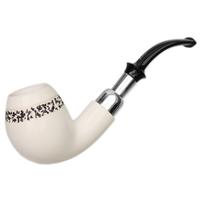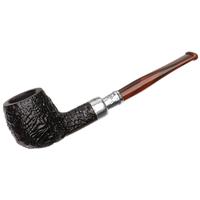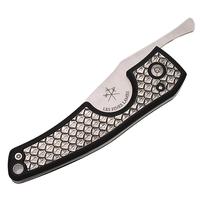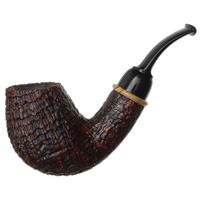After reading numerous recent examples of tin corrosion from tin collectors and smokers on Instagram, seeing the question raised on Reddit, and seeing that @beezer 's informative thread from 2021 is closed for further comment, I believe this is something that really needs to be investigated and discussed further. @Groot5225 also posed a question specific to SG tins here, but I think this really needs a dedicated thread on the subject of Mylar itself (or maybe beezer's old thread can be reopened?). Using Mylar to preserve tins for deep storage seems to be gaining in popularity and it might just be the worst thing we can do.
It appears that some ferrous tins are rapidly corroding inside of Mylar bags due to some sort of electrolytic or galvanic corrosion (i.e. a reaction between the iron in the tin, the gases inside the bag, and the aluminum inside the mylar). From limited anecdotes online, it seems as though some ferrous tins can begin corroding on the coutside surfaces in less than a year under these circumstances. If you have Instagram, check out npod101 's post from June 3. (@npod is this you? Would love for you to chime in and share your info!) It is quite saddening - Tin after tin with severe outer corrosion...
Would love to continue a discussion on this subject and seek further examples from members. Can some of you check your older bags? I Mylared a bunch of mine 2 months ago and just took them all out as a precaution. No corrosion, though I did use O2 absorbers.
It appears that some ferrous tins are rapidly corroding inside of Mylar bags due to some sort of electrolytic or galvanic corrosion (i.e. a reaction between the iron in the tin, the gases inside the bag, and the aluminum inside the mylar). From limited anecdotes online, it seems as though some ferrous tins can begin corroding on the coutside surfaces in less than a year under these circumstances. If you have Instagram, check out npod101 's post from June 3. (@npod is this you? Would love for you to chime in and share your info!) It is quite saddening - Tin after tin with severe outer corrosion...
Would love to continue a discussion on this subject and seek further examples from members. Can some of you check your older bags? I Mylared a bunch of mine 2 months ago and just took them all out as a precaution. No corrosion, though I did use O2 absorbers.














